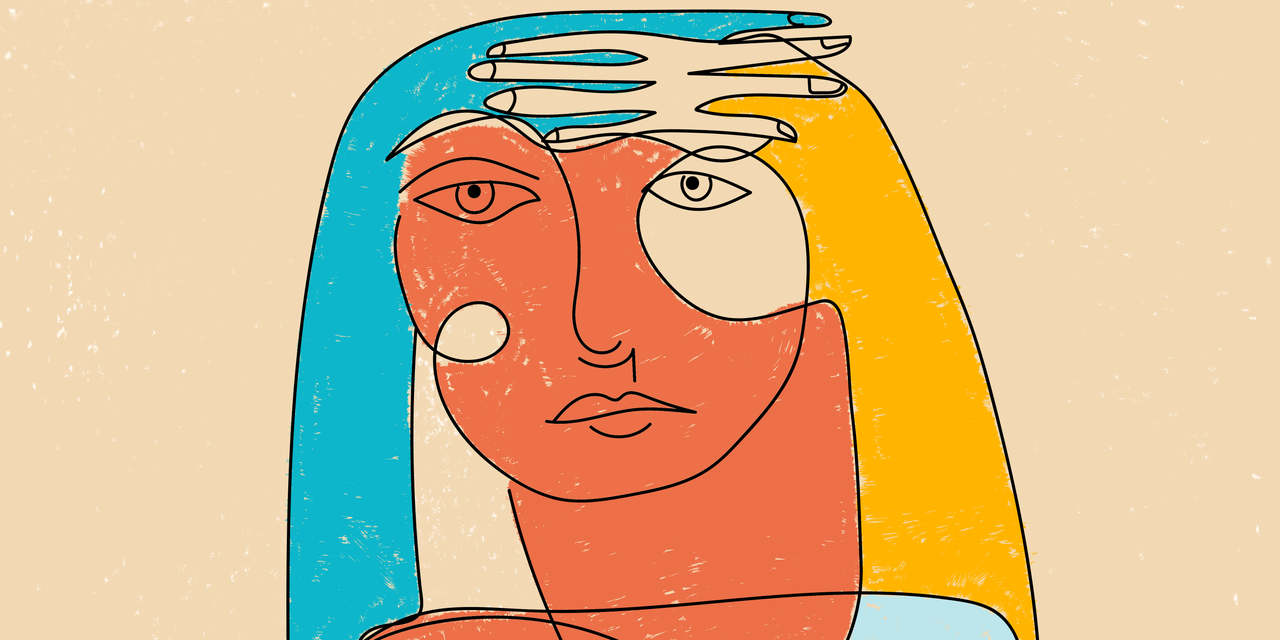If you’re in perimenopause—a transition phase that signals menopause is around the corner—you may have started to notice some big body changes going down: hot flashes, vaginal dryness, lower libido, mood swings, and disrupted sleep, to name a (frustrating) few common symptoms. They’re happening because your hormones are in flux, causing your body to release eggs (or ovulate) less frequently and have more irregular periods.
This stage of life—which occurs anywhere between your mid-30s to your late 50s, or right up until whenever you hit menopause—is understandably stressful, and if you’ve been experiencing head pain to boot, you might attribute it to the emotional roller coaster of it all. But as is the case with most perimenopause woes, worsening migraine symptoms could be a result of those shifting hormones: A report from The Journal of Head and Face Pain found that a person in perimenopause is 62% more likely than a premenopausal individual to have high-frequency headaches, which was defined as more than 10 days with a headache each month.1 (For reference, premenopausal people have, on average, four or fewer.)
While many folks with migraine are diagnosed in their teens or 20s, roughly 8 to 13% don’t get diagnosed until they’re in perimenopause because their symptoms—including headaches, nausea, and fatigue—become much more intense.2
“Wide fluctuations in estrogen levels occur during perimenopause, which may be a key driver of increased migraine frequency,” William Renthal, MD, PhD, neurologist and director of headache research at the John R. Graham Headache Center at Brigham and Women’s Hospital, tells SELF. In addition to prevalence, Dr. Renthal notes that a lot of his perimenopausal patients also say their migraine headaches get more severe and often shift from one side of the head to the other (or even centers near the eyes). Many of them also report an uptick in symptoms unrelated to the headache itself, like nausea and vomiting.
READ RELATED: Mothers should beware unethical marketing by formula firms | Letter
Here’s why your head pain might be surging in perimenopause—and what you can do about it.
Why changing hormones can intensify migraine symptoms
According to Dr. Renthal, doctors aren’t entirely sure why hormonal shifts during perimenopause impact migraine frequency and severity. However, research does show a connection between estrogen withdrawal and migraine.3 (Meaning: The less estrogen you’re pumping out, the higher your likelihood of getting intense headaches.) Other studies, largely done in rats, suggest that changes in estrogen make certain cells more excitable—which may make you more sensitive to migraine triggers.4
Estrogen also controls a bunch of neurotransmitters in the brain, so when you have less of it, you’re a lot more susceptible to pain. Fluctuating estrogen can also increase a person’s mast cells, a type of immune cell that triggers inflammation in the brain and often increases headache pain, Dr. Renthal says.
Brain chemistry aside, all the physical and emotional shifts that can happen during perimenopause—like mood changes, sleep disturbances, hot flashes, and night sweats—may exacerbate attacks, Addie Peretz, MD, a neurologist and clinical assistant professor of neurology and neurological sciences at Stanford Medicine, tells SELF.





